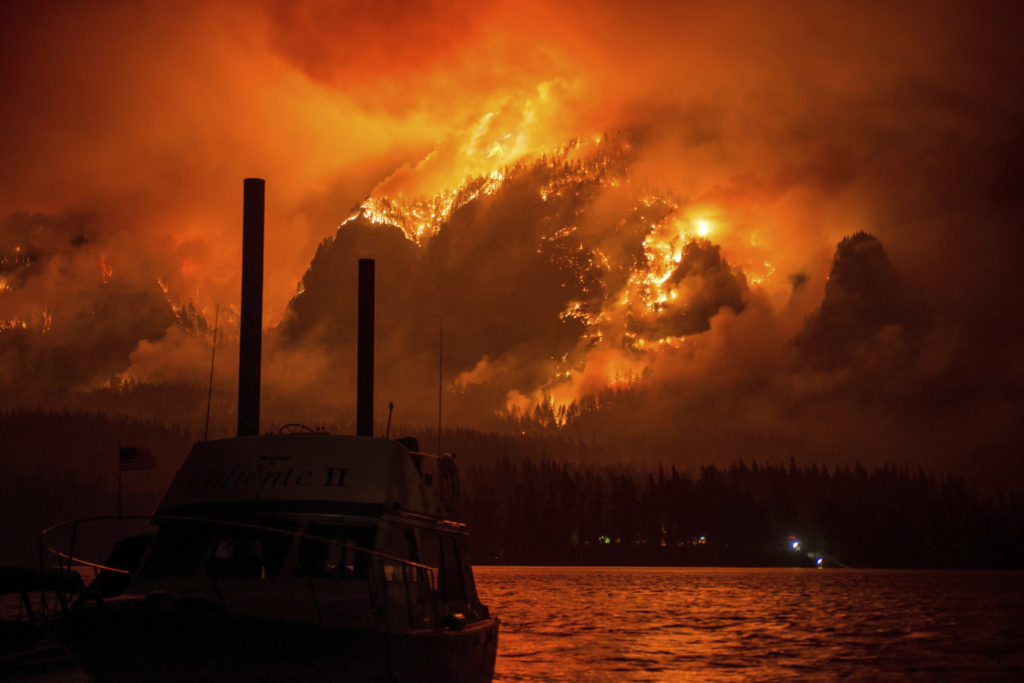So far, in 2017, wildfires in British Columbia, Canada, Portland, Oregon and Northern & Eastern Washington have left a sooty, smoky calling card in the air over the Pacific Northwest. The recent 10,000-acre wildfire in Eagle Creek, said to have been started by teenagers and their fireworks, has sprinkled ash over many parts of Seattle, the Kitsap peninsula, Bainbridge and beyond. British Columbia’s 1,213,287-acre fires darkened the Pacific Northwest skies for days. Children and elderly are urged to stay indoors to avoid the respiratory onslaught.
You might wonder how this sudden dump of ash might affect your garden. The good news is that it might be more beneficial than harmful. On an elementary level, the ash is nothing more than organic matter suspended in the air, consisting of most of the basic nutrients plants require. When that ash coats your yards, gardens and fields it’s taken up by plants in the form of nutrients, including, Potassium, Calcium, and Magnesium. In the small quantities, your yard might be subjected to, this ash can be beneficial and act as a fertilizer.
People who live closer to the actual burn zone will receive the ash in greater proportions. As a result, they may experience effects consistent with what looks like an over application of nutrients. Additionally, unwelcome chemicals from the burning of other man-made materials could have been released into the air.
The smoky haze obscuring the sky could act as cloud cover and protect your crop or garden plants from harsh temperatures, and the direct impact of the UV rays from the sun.
Chances are good that your yard will suffer no permanent damage from these wildfires. If you do notice some damage, this area is resilient enough to recover in a short amount of time.
